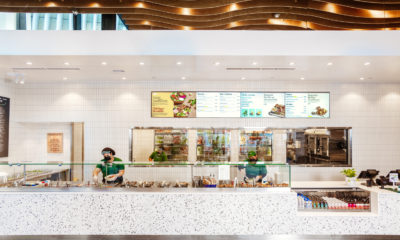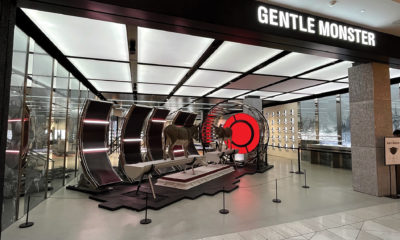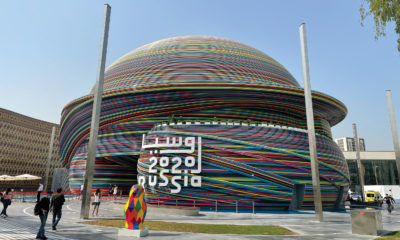IN AUGUST, I ATTENDED the HD Expo trade show and conference after nearly a year and a half away from Las Vegas, center of America’s largest concentration of hotel rooms (think: 150,000), theme restaurants and emerging new experiences. The show, while not the size of year’s past, didn’t disappoint when it came to showcasing new thinking about what defines experiential design for what we’ll call a small store — essentially a 500-square-foot hotel room.
While it’s not a totally fair comparison, I challenge retail designers to consider that, in each room, like in a retail store, there sits an opportunity to immerse the guest in an experience worthy of our design creds and passions.
According to the U.S. Bureau of Labor Statistics, at the end of 2020 there were about 1 million retail establishments in existence and just over 5 million hotel rooms (and growing at a faster rate than retail stores). In fact, Resorts World Las Vegas, which just opened this summer, adds 3500 rooms and a 70,000-square-foot shopping and restaurant zone called The District to those figures. The project cost just over $4.3 billion, making it the most expensive resort property ever developed in Las Vegas. I have to say, its restaurants are some of the best designed I’ve seen, and the 50-foot digital LED sphere that greets visitors is very cool and one of the most compelling digital anchors I’ve seen in a shopping center environment.
The revolving door for designers moving between the hospitality and retail industries is nothing new, as both rely on luxurious interiors with beautiful finishes and furnishings. In some cases, the hospitality industry’s bigger budgets and willingness to create unique environments that have strong brand backbones have attracted many retail designers to make the move to solely designing hotels. Make no mistake, hotels exist at many price points, and not all are fitted out well nor maintained well. Yet, the sheer size of the industry allows for deeper explorations and, dare I say, excellent opportunities for retail designers to cross over to both share and learn. I encourage you to take notice of every newly renovated or new hospitality property you come across as they all have lessons that can be applied in our space.
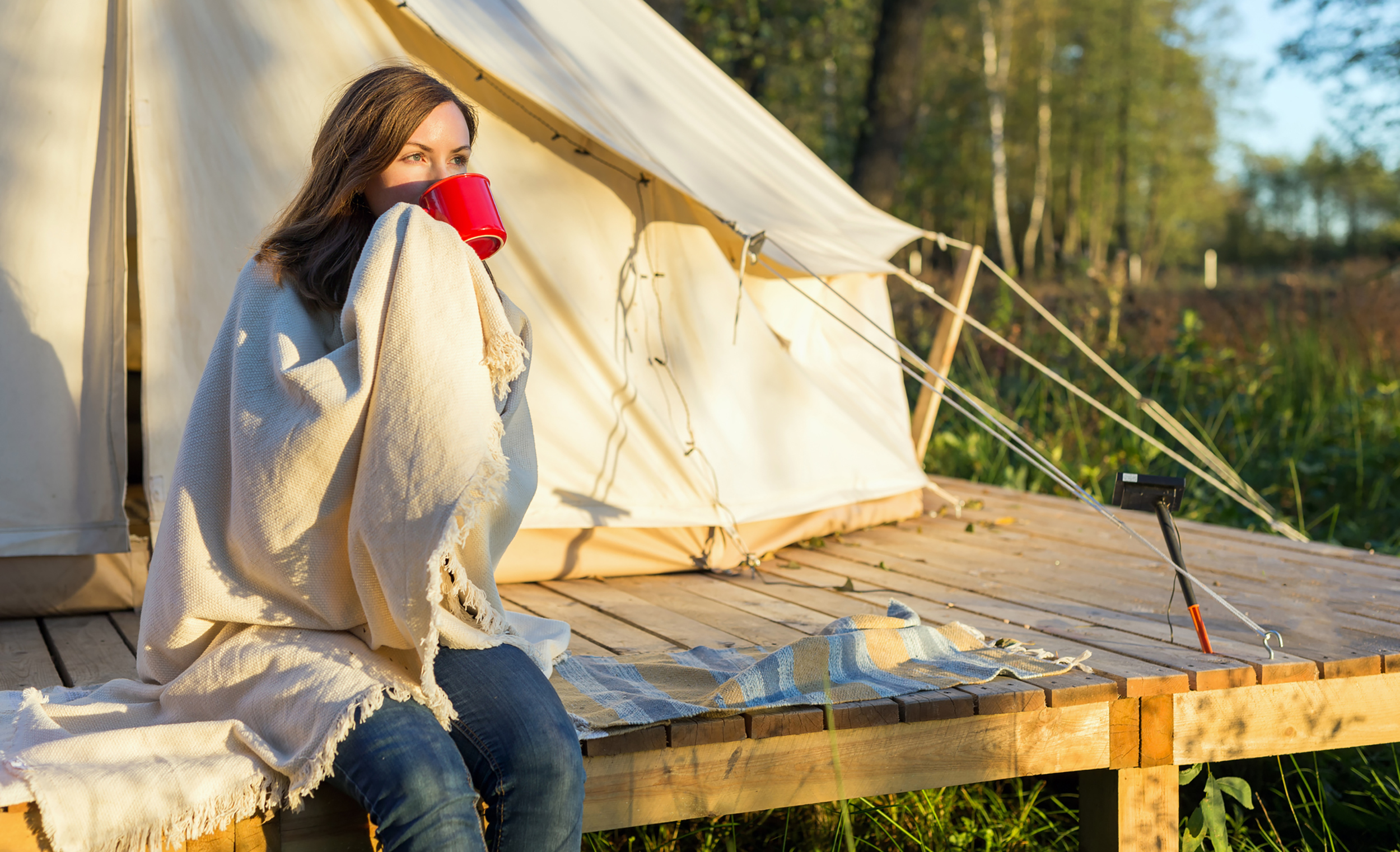
So let’s talk about a few of the new formats that I believe not only open up new opportunities for retail designers to create pop-up and permanent experiences, but also inform us as to what’s likely to shape our next stores and events.
Advertisement
Among the emerging trends, brands leveraging the “calming effect” today’s travelers are seeking include Getaway House, Yonder and AutoCamp. Think of them as pioneers in the hospitality space, much like independent retailers. What’s to be learned from this group is that slowing down and allowing visitors time and space to breathe is among tourists’ top demands. Getaway has 15 “Outposts,” as their cabins are called, typically located within two hours of major cities. What I love about the Getaway concept is the way they ensure the experience is handled end-to-end. Clearly guests are seeking respite in nature, and with each rental they’re asked to pledge to plant a tree. How often are you thinking beyond the lease line and helping to create more of what the customer is seeking?
Yonder is another concept banking on the notion that the outdoors as an experience is here to stay. This brand brings together a network of clientele committed to supporting the land and those who steward it in a very special place. For example, Yonder Escalante in southern Utah deftly creates high experience with a natural backdrop, featuring ten vintage Airstream trailers and 22 A-frame cabins with trussless roofs, glass walls, brown leather flooring and custom furniture. A common area known as the “Lodge” serves as a gathering area, but the real showstopper is the drive-in theater, which features eight vintage cars you can book to sit in and watch a cult classic.
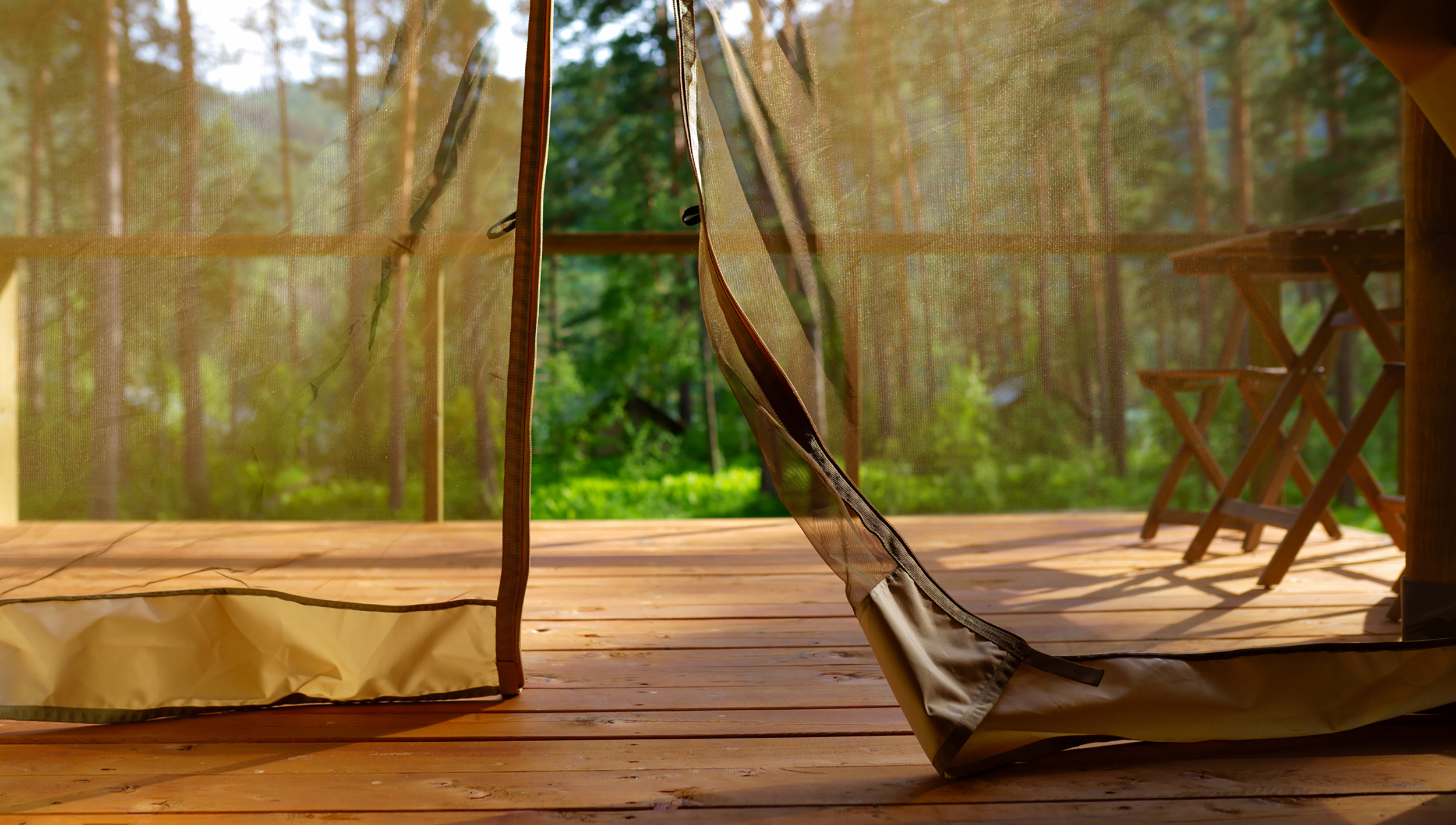
AutoCamp is another entry into the world of “glamping” that believes luxury belongs in the great outdoors. A strategic partnership with Airstream yields high-end custom suites with strong attention to detail. In the Yosemite location, for instance, there’s a clubhouse for private events. The lesson here is that experience means every footstep is aligned with the brand and the brand essence is infused at every point. Does this make you think about why malls often don’t work well for the tenants? It should.
If we consider the term “hospitality” and apply it to the retail industry, we should view a guest visiting a retail space as someone who is deserving of the very best manners, generous reception and entertainment we can offer. Because we are dealing with quicker dwell times, we need to keep our eyes on the basics that always keep the customer coming back.
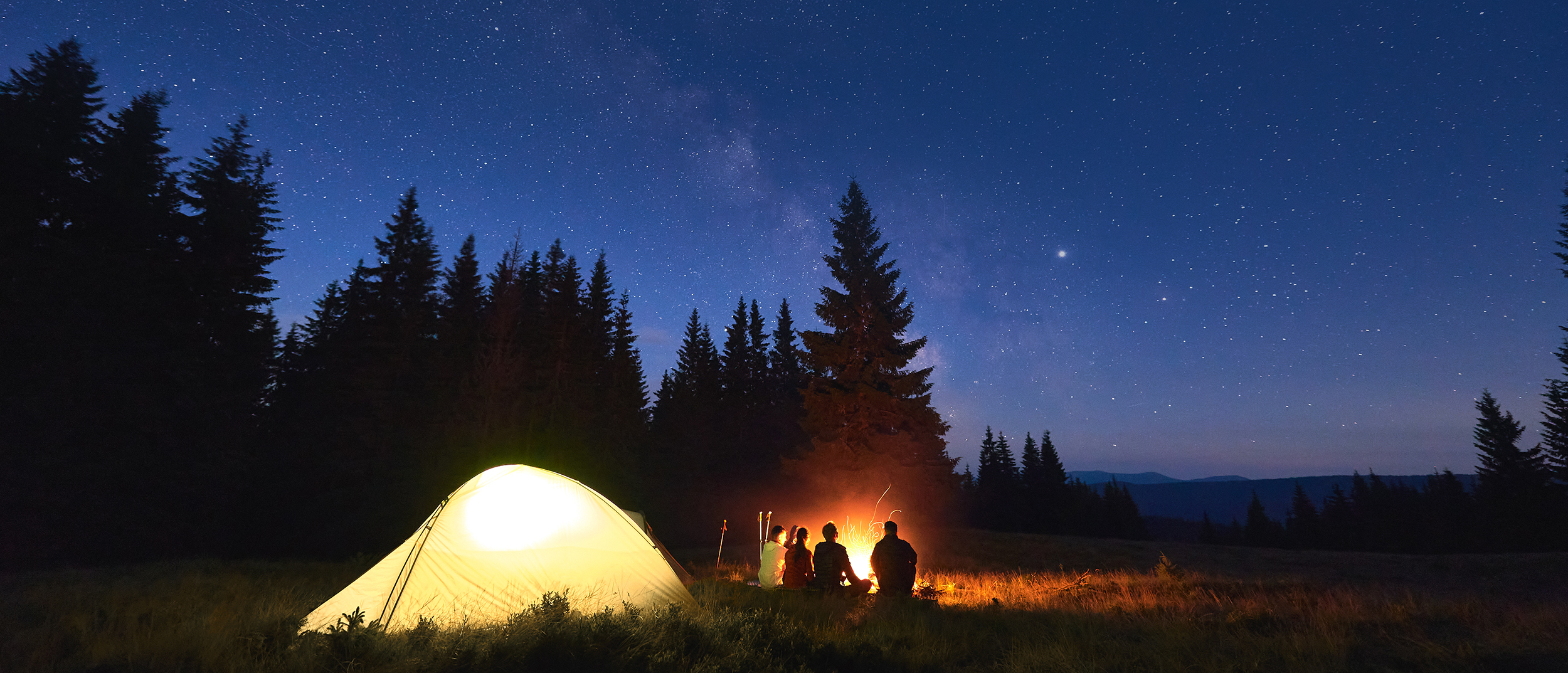

 Photo Gallery1 week ago
Photo Gallery1 week ago
 Headlines3 days ago
Headlines3 days ago
 Headlines1 week ago
Headlines1 week ago
 Headlines1 week ago
Headlines1 week ago
 Designer Dozen2 weeks ago
Designer Dozen2 weeks ago
 Headlines1 week ago
Headlines1 week ago
 Designer Dozen7 days ago
Designer Dozen7 days ago
 Headlines1 week ago
Headlines1 week ago



